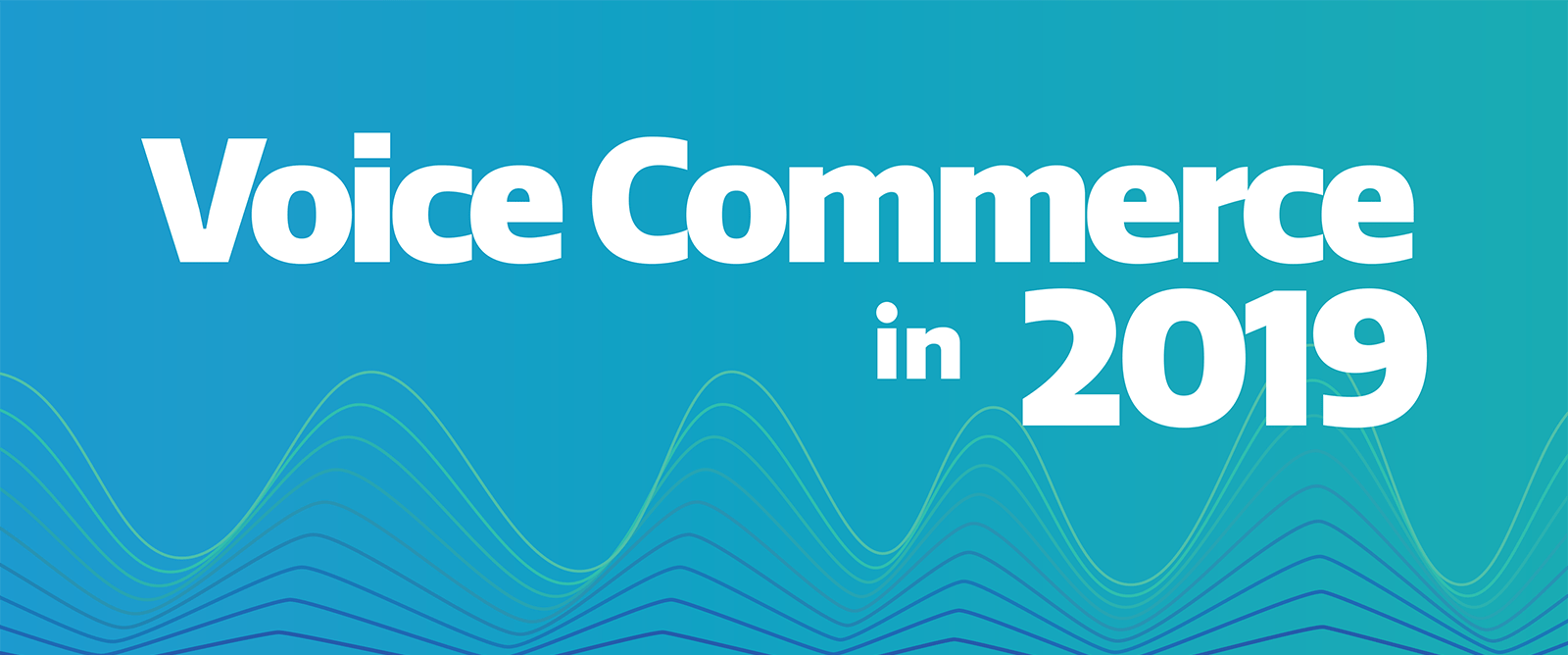Over eight billion digital voice assistants are expected to be in use by 2023, according to a report from Juniper Research. The number isn’t surprising considering how connected the average person already is to their smartphones and other mobile devices. With the emergence of the IoT and the arrival of 5G, there will be even more opportunities for consumers to interact with the devices they carry and the technology around them, and voice technology will play an increasingly imporant role in that connection. Despite the rise of voice-enabled technology, voice commerce – or voice shopping – has yet to make its mark in eCommerce. However, there are still opportunities for the medium, as evidenced by the results of digital commerce consulting firm SUMO Heavy’s new survey.
Q2 hedge fund letters, conference, scoops etc
Voice assistant use varies among consumers
According to the findings from the report, which surveyed 1,000 people across the United States, voice assistant use and adoption varies. Almost half (46 percent) of all consumers never use voice assistant devices. However, those who have used the technology do so regularly, which suggests that once the technology goes mainstream, more people will use voice shopping and assistants as part of their daily routines.
Smartphones are the gateway to voice assistant use
According to a report from WalkerSands Communication, 78 percent of Americans own a smartphone. Considering voice assistants are integrated into most mobile operating systems, it’s no surprise that almost half of all consumers prefer interacting with voice assistants via their smartphones. Additionally, iPhone users are more likely to use voice assistants compared to Android owners. Fifty-five percent of Android owners haven’t even used a voice assistant before.
Smart speakers are on the grow
After smartphones, smart speakers are the preferred device of choice for consumers to interact with voice assistants. While many companies have put their version of the voice-enabled device on the market, 85 percent of smart speaker owners rely on either the Amazon Echo or Google Home for their voice technology needs.
Voice shopping shows potential
The survey also revealed that 83 percent of consumers have not browsed or shopped products using a voice assistant, which isn’t surprising considering since most people have yet to experience voice-enabled technology. However, among those who use voice assistants regularly, voice shopping is fairly common. Forty-two percent of consumers who use their voice assistants regularly have also tried shopping via their devices.
So what does this mean for the future of voice commerce? As more people begin to discover voice assistants’ many capabilities, they could look to the technology for more than simply playing music or checking the weather. According to the report, consumers can see themselves buying household products through voice shopping (12 percent), as well experience-related purchases, such as airplane tickets, movie tickets, and hotels (11 percent), and grocery delivery (11 percent). This is good news for eCommerce retailers, especially those that sell consumables. However, the medium still has to gain the trust of many consumers, as 55 percent of respondents didn’t select any items.
See the infographic below for more details or check out the full report from SUMO Heavy.





